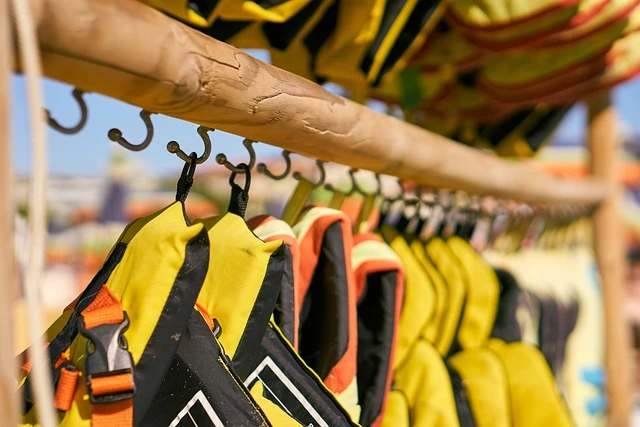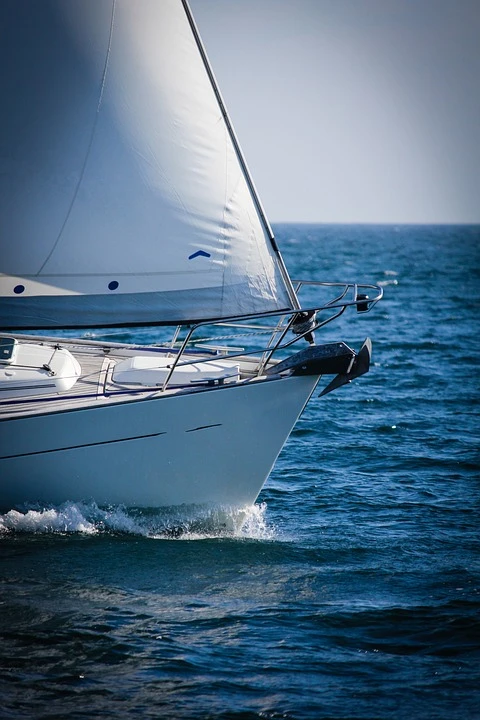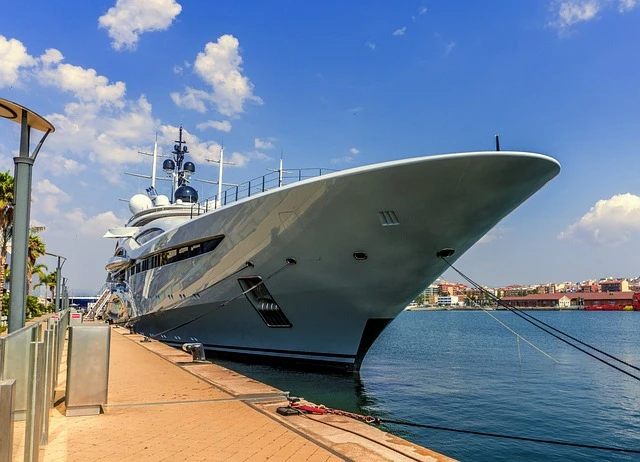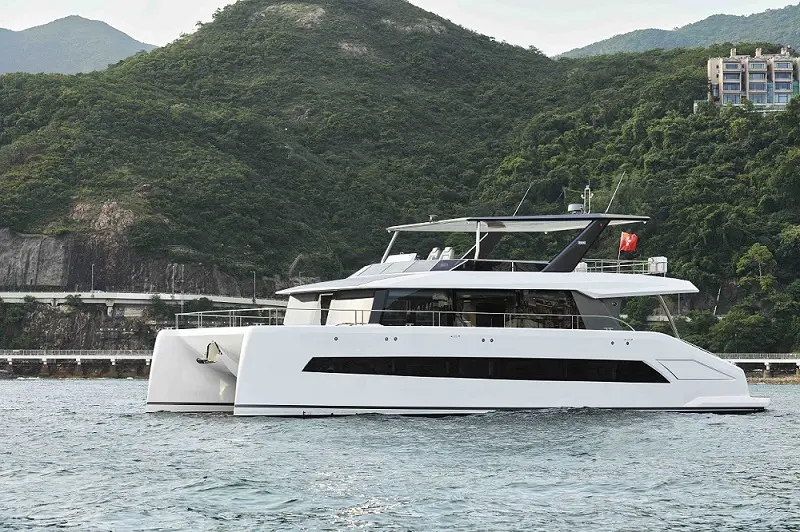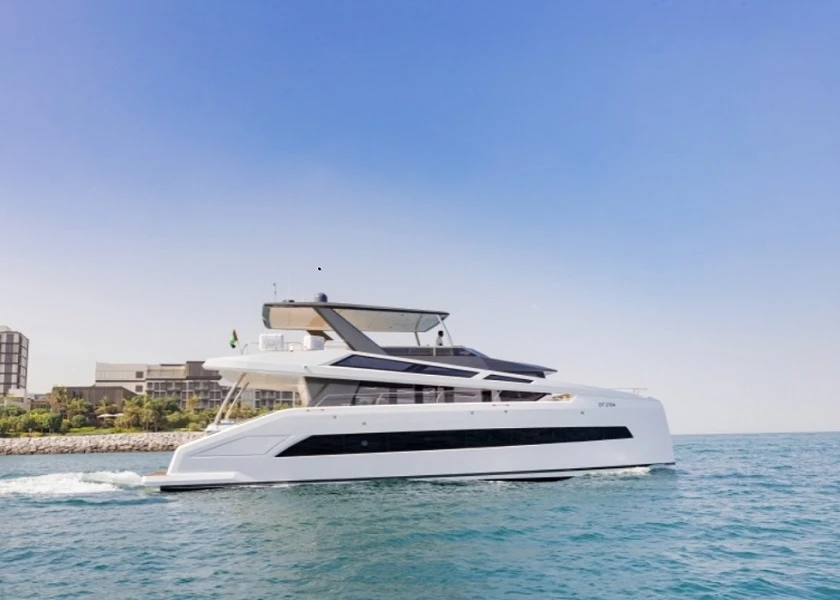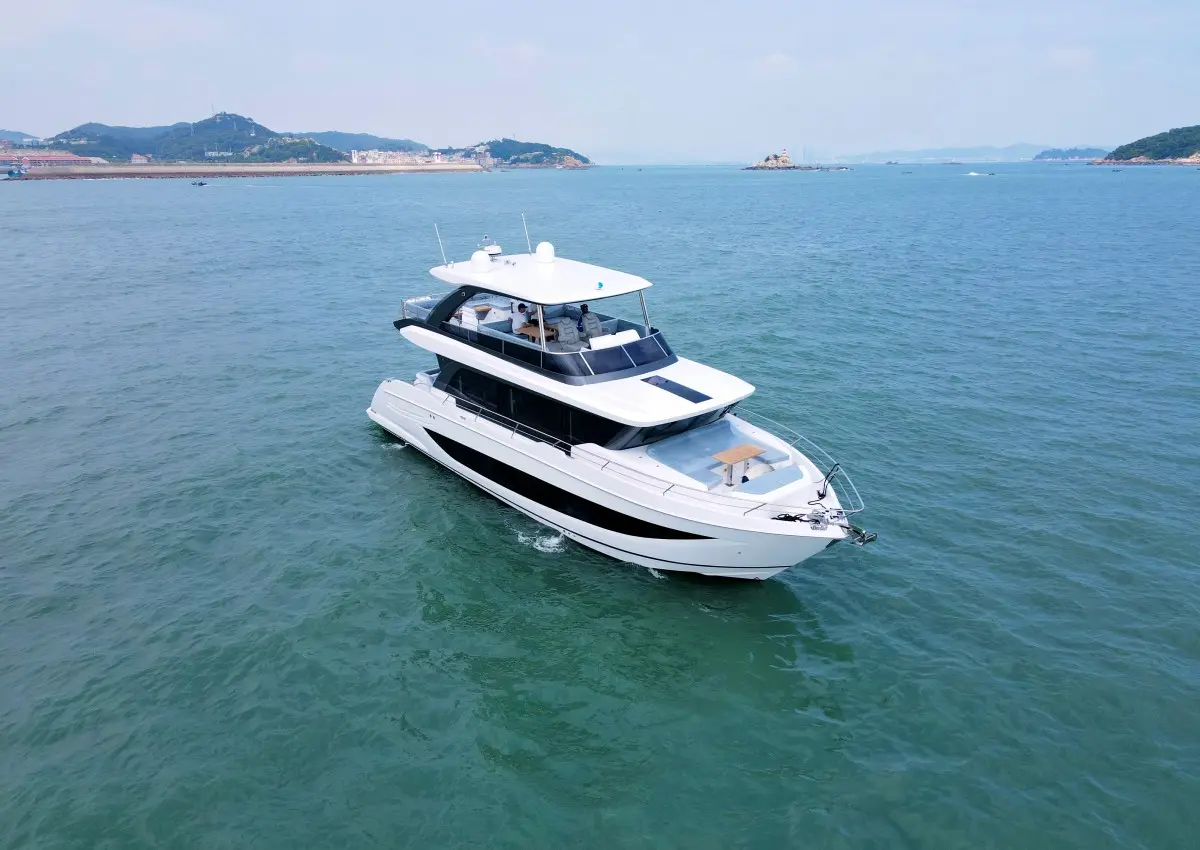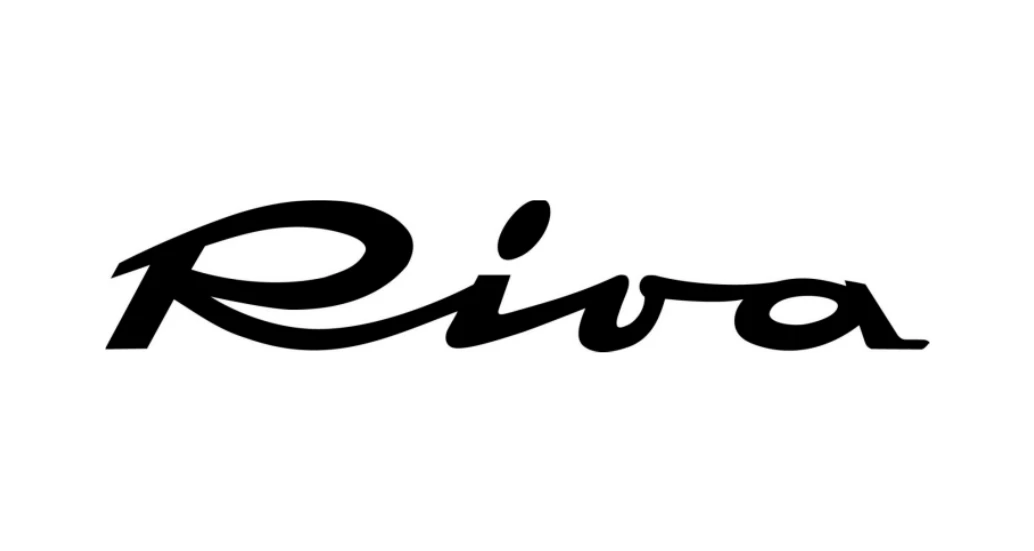Prohibited Actions
Age Restrictions: Individuals under 12 years old are prohibited from operating boats or personal watercraft. Only those aged 14 or older with a valid boating license are allowed to operate boats or watercraft independently.
Dangerous Speed: Boats are prohibited from creating hazardous wakes or waves when approaching or overtaking other vessels, and when entering or leaving harbors or docks.
Water Ski Device Operation: Unless in designated jump areas or at sites set up for competition or recreational purposes, no one is allowed to operate water skis, wakeboards, or similar devices in a way that collides with other objects or people. Additionally, when towing water skis, there must be an observer aged 12 or older onboard, or the boat must be equipped with a wide-angle mirror with a minimum view of 170 degrees and a surface area of at least 500 square centimeters.
Obstruction of View: If equipment or the placement of people onboard obstructs the operator's view or affects the safe operation of the boat, the vessel cannot travel at a speed above idle, except for sailboats.

Speeding: Boats must not exceed the speed limits in designated areas.
Engine Noise: Any boat powered by an internal combustion engine must have effective muffling equipment to ensure the noise level does not exceed 86 decibels, measured at a distance of at least 15.2 meters (50 feet). Boats not equipped with mufflers, except those used in races or trials, are prohibited.
Illegal Races and Activities: Unpermitted races, parades, or exhibitions are not allowed and must be applied for and approved 15 days in advance.
Safety Equipment Requirements: Anyone being towed on water skis or similar devices must wear a U.S. Coast Guard-approved personal flotation device (PFD), and the device must meet the activity's requirements. It is also illegal to operate unregistered or unnumbered boats.
Dam Safety Distance: Boats must not operate within 244 meters (800 feet) of hydroelectric or navigation lock dams unless all individuals on board, including the operator, are wearing approved PFDs.
Alabama Boating Conduct Rules
Right of Way on Waterways: When boats meet head-on, both should pass on the right. If overtaking another vessel, you may pass on either side, but the overtaken vessel has the right of way.
Crossing Right of Way Rules: When boats are crossing paths, the vessel on the left must yield to the vessel on the right. Powerboats generally yield to non-motorized vessels, unless towing another boat or navigating a narrow channel.
Straight-Line Sailing and Right of Way: Powerboats should maintain a straight course when passing sailboats. Boats approaching docks must yield to those leaving. Boats leaving shore or tributaries should yield to passing or approaching boats.
Restrictions on Sudden Course Changes: Boats must not change course abruptly unless it is safe to avoid a collision. If an operator is unsure of the other vessel’s course, they should immediately slow to the lowest speed until the other boat passes.
Reasonable Speed: Boats must travel at a reasonable speed, and operators must always maintain control. Speeding in restricted areas is not allowed, and boats must not obstruct normal traffic in channels, docks, or tributaries.
Distance from Diving Zones: Boats must stay at least 100 feet away from flagged dive zones.
Fog Navigation Warning Signals: In fog or heavy mist, boats must issue appropriate warning signals.
Boating Under the Influence and Other Illegal Behaviors
Alcohol and Drug Influence: No one may operate a boat with a blood alcohol concentration of 0.08% or higher, or under the influence of alcohol, controlled substances, or any substance that impairs their ability to operate. Refusing to submit to breath or other tests results in penalties similar to those for driving motor vehicles, including automatic suspension of the boating license.
Reckless Operation: No one may operate a boat or watercraft recklessly, disregarding the safety of others. This includes creating dangerous wakes, circling other vessels, or distracted operation that threatens life or property.
Negligent Operation: Actions such as sitting on the gunwales at speeds above idle, riding on a boat's bow without proper handrails, or sailing with limbs hanging over the side all constitute negligent operation.
Personal Watercraft Regulations
Personal watercraft refers to devices driven by internal engines that use a water jet pump for propulsion, with operators standing, kneeling, or sitting externally rather than inside a cabin. In crowded waters, personal watercraft must be operated reasonably and cautiously, avoiding dangerous behaviors such as jumping wake waves or cutting between towed vessels and skiers.
By enforcing these rules and regulations, the safety of boat operation is ensured, reducing accidents and protecting the lives and property of all participants in water traffic.






 Leave the comment
Leave the comment
